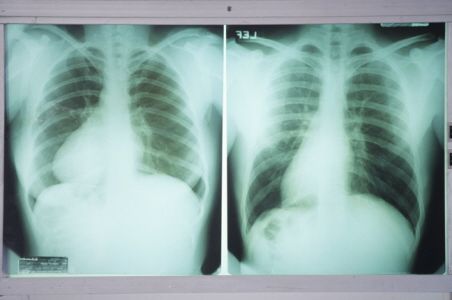HEALTH INFORMATION
http://www.hc-sc.gc.ca/index-eng.php English
http://www.hc-sc.gc.ca/index-fra.php Francais
INFORMATION FROM
Centers for Disease Control and Prevention
http://www.cdc.gov/ English
http://www.cdc.gov/spanish/ Spanish
Free Resources from CDC
http://www.cdc.gov/flu/freeresources/index.htm - English
http://espanol.cdc.gov/enes/flu/freeresources/index.htm - Spanish

Goal: To contribute to the reduction of injury and environmentally-communicable and non-communicable diseases.
Health Status Objectives:
Target adverse health effects and reduce the risk of
· enteric disease
o Campylobacter infections
o E.coli O157:H7
o Salmonella infections
o Shigellosis
o Giardiasis
· vector related diseases
o rabies
o Lyme disease
o toxoplasmosis
· respiratory illness
o asthma,
o bronchitis
o emphysema
o Legionnaire's disease
o tuberculosis
o influenza
· injuries
o unintentional injury emergency admissions
o hospitalizations
o deaths
· cancers
o lung cancer
o malignant melanomas
o non-melanoma skin cancers
· skin and eye problems
o pseudomonas folliculitis
o conjunctivitis
· poisonings
o accidental poisoning
o hospitalizations related to lead, medicines, household cleaners, and chemically contaminated food
o childhood lead poisoning
o infantile botulism
· minor health problems due to environmental exposures
o headaches
o nausea
o eye / skin / throat irritations
Risk Reduction and Risk Assessment
· Follow up on notifiable disease reports relating to enteric and zoonotic diseases
· investigate occurrences to suppress communicable disease occurrence or injury hazard potential, to
o protect those who are not yet infected or exposed to the hazard
o break the chain of disease transmission or multiple injury occurrence, and to
o remove the disease source or injury hazard.
· complete health risk assessments of selected issues with the intent to reduce the potential for injury
Inspection / Intervention
· respond to calls and assess reported incidents
· investigate communicable disease incidents
· review and provide information on reportable diseases
· implement appropriate outbreak response plan
· monitor reportable diseases
· assess animal bite incidents and implement control measures
· provide appropriate and relevant disease and injury information to the public.

Application and Practice
Emergency Preparedness

Safe Food
Goal: To contribute to the reduction of the incidence of food borne illness.
Health Status Objectives
Target adverse health effects and reduce the risk of enteric disease
· Campylobacter infections
· E.coli O157:H7
· Salmonella infections
· shigellosis
· Listeria monocytogenes
· hepatitis A
· Norwalk-like disease
· Giardiasis
Risk Reduction and Risk Assessment
· identify and correct food establishment violations
· assess and classify food establishments as high-, medium-, or low-risk
Inspection and Intervention
· inspect all food establishments to ensure compliance with applicable regulations and/or standards
· inspect at special events
· undertake food recalls in accordance with established protocols
Education / Promotion / Advocacy
· provide or advocate for food handler training
· provide food safety information to the community


Safe Built Environment
Goal: To contribute to the reduction of adverse health effects resulting from exposure to health hazards in the built environment.
Health Status Objectives:
Target adverse health effects and reduce the risk of
- unintentional injury (fire, scalds, falls)
- emergency admissions
- hospitalizations
- deaths
related to homes, schools, recreation facilities, and institutions
loss
as indicated by reduction in the incidence of noise-induced hearing loss
poisonings,
as indicated by reduction of emergency room admissions or hospitalizations for acute poisoning
diseases
as indicated by reduction of in the incidence of Hepatitis B and C and HIV


BED BUGS

Bedbugs are a type of bloodsucking insect that are found all over the world. They will look for human blood meals, and will feed off of other mammals. Bedbugs do not, as far as is known, transmit any communicable human diseases. Bedbugs are, however, a great annoyance. Some very good technical and practical information can be found on these websites: http://www.ca.uky.edu/entomology/entfacts/ef636.asp New York City Department of Health and Mental Hygiene http://www.nyc.gov/html/doh/html/vector/vector-faq1.shtml http://www.hsph.harvard.edu/bedbugs/
Techletter.com -
http://www.techletter.com/


